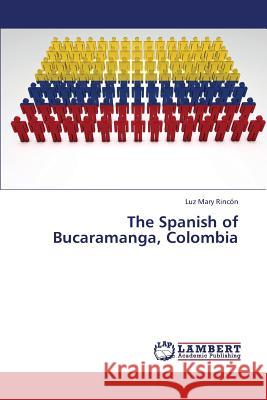The Spanish of Bucaramanga, Colombia » książka
The Spanish of Bucaramanga, Colombia
ISBN-13: 9783659438783 / Angielski / Miękka / 2013 / 264 str.
The Spanish of Bucaramanga, Colombia examines the speech revealed by this urban community. It describes and analyzes in-depth those aspects that appear to distinguish this dialect from other varieties in Colombia. In order to determine which areas of language were to be examined, the study targeted the mechanisms motivating linguistic changes in the Hispanic world and how they manifest in Bucaramanga. The materials collected served to expose regional linguistic features and to determine the role of sociolinguistic influences on this change, thus, allowing for a better understanding of the attributes that characterize this variety. Like other communities in the country, Bucaramanga has always been concerned with linguistic correctness. Evidence in the study corroborate with my proposed sociolinguistic theory: to bumangueses, language is a marker of social class. The work is not only meaningful because of its contribution to the knowledge of culture of bumangues, but it also provides elements of regional linguistic identity at the same time that it exposes important speech manifestations of this community."
The Spanish of Bucaramanga, Colombia examines the speech revealed by this urban community. It describes and analyzes in-depth those aspects that appear to distinguish this dialect from other varieties in Colombia. In order to determine which areas of language were to be examined, the study targeted the mechanisms motivating linguistic changes in the Hispanic world and how they manifest in Bucaramanga. The materials collected served to expose regional linguistic features and to determine the role of sociolinguistic influences on this change, thus, allowing for a better understanding of the attributes that characterize this variety. Like other communities in the country, Bucaramanga has always been concerned with linguistic correctness. Evidence in the study corroborate with my proposed sociolinguistic theory: to bumangueses, language is a marker of social class. The work is not only meaningful because of its contribution to the knowledge of culture of bumangués, but it also provides elements of regional linguistic identity at the same time that it exposes important speech manifestations of this community.











